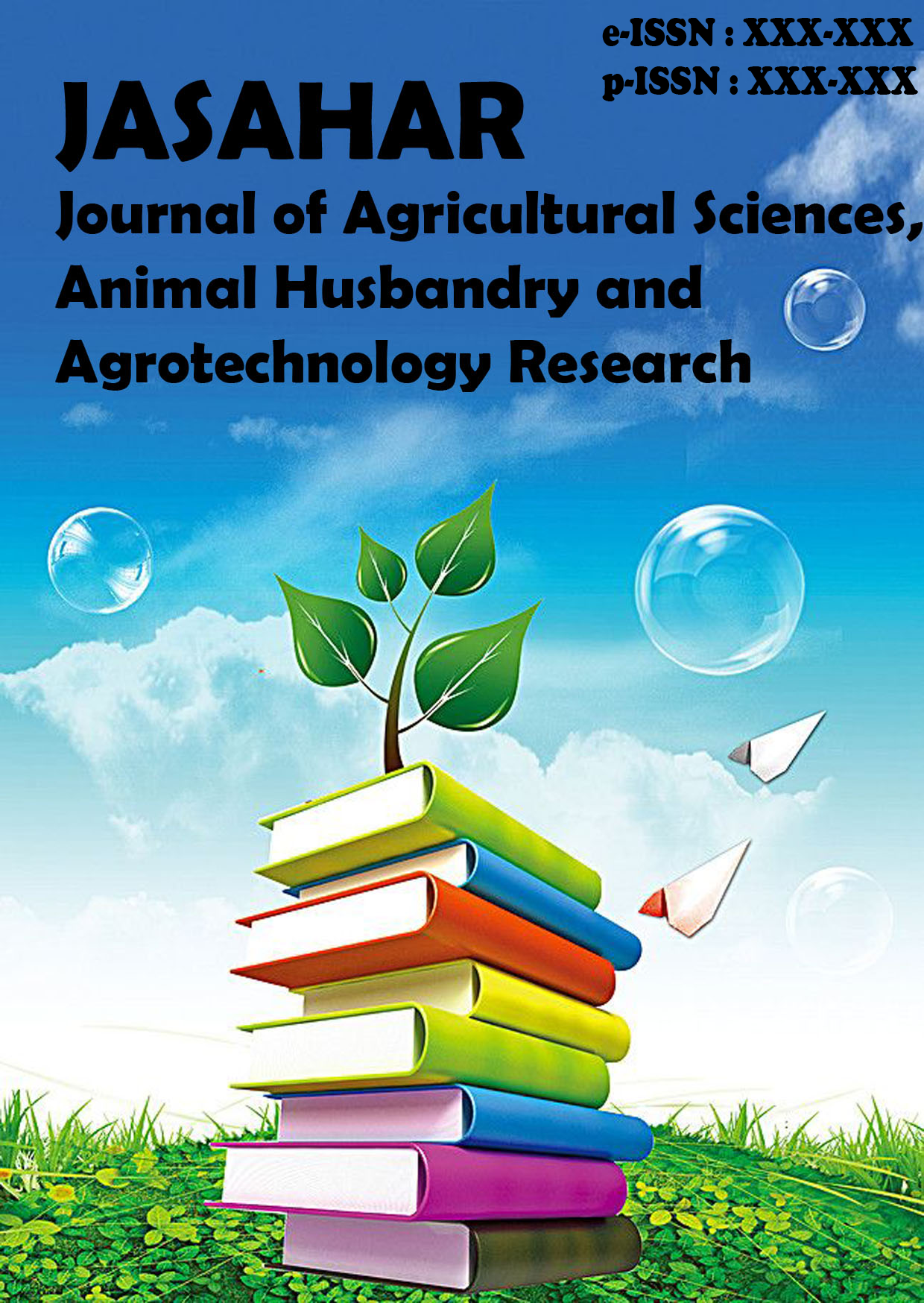KARAKTERISTIK JAMUR TANAH PADA BEBERAPA PENGGUNAAN LAHAN DI LEMBAH NAPU KAB POSO
Abstract
This study aims to identify soil fungi in different land uses, namely cocoa plantations and cabbage farms, by analyzing the characteristics and total population. The research location was in the Napu Valley, covering Sedoa, Wuasa, Wanga, and Watutau in North Lore and Lore Peore sub-districts, Poso district, Central Sulawesi. Sampling Soil sampling was conducted using a purposive sampling method at eight points, four points in cocoa fields and four points in cabbage fields. Variables observed included the total population of fungi as well as their characteristics, such as color, shape, clear zone, and colony diameter. color, shape, clear zone, and colony diameter. The results showed variations in the number of colonies and fungal population in each sample. The SPBK sample had the highest number of fungal colonies (170 colonies), while WPBK showed the highest activity with 180 colonies and a peak population of 1.8 × 10⁴ cfu/mL. In terms of characteristics, the WUPBK group stood out with 11 fungal isolates that had a diverse colors (yellow, milky white), shapes (round, oval, capsule, serrated), as well as variations in clear zone and colony size. This study shows that the type of land use land use type influenced the population and characteristics of soil fungi, with significant differences in the number of colonies and diversity of characteristics in each location. each location.
Keywords: Soil fungi, Land Use, Fungal population.
Downloads
Published
Issue
Section
License
Copyright (c) 2025 JASAHAR (Journal of Agricultural Sciences, Animal Husbandry and Agrotechnology Research)

This work is licensed under a Creative Commons Attribution-NonCommercial-ShareAlike 4.0 International License.








